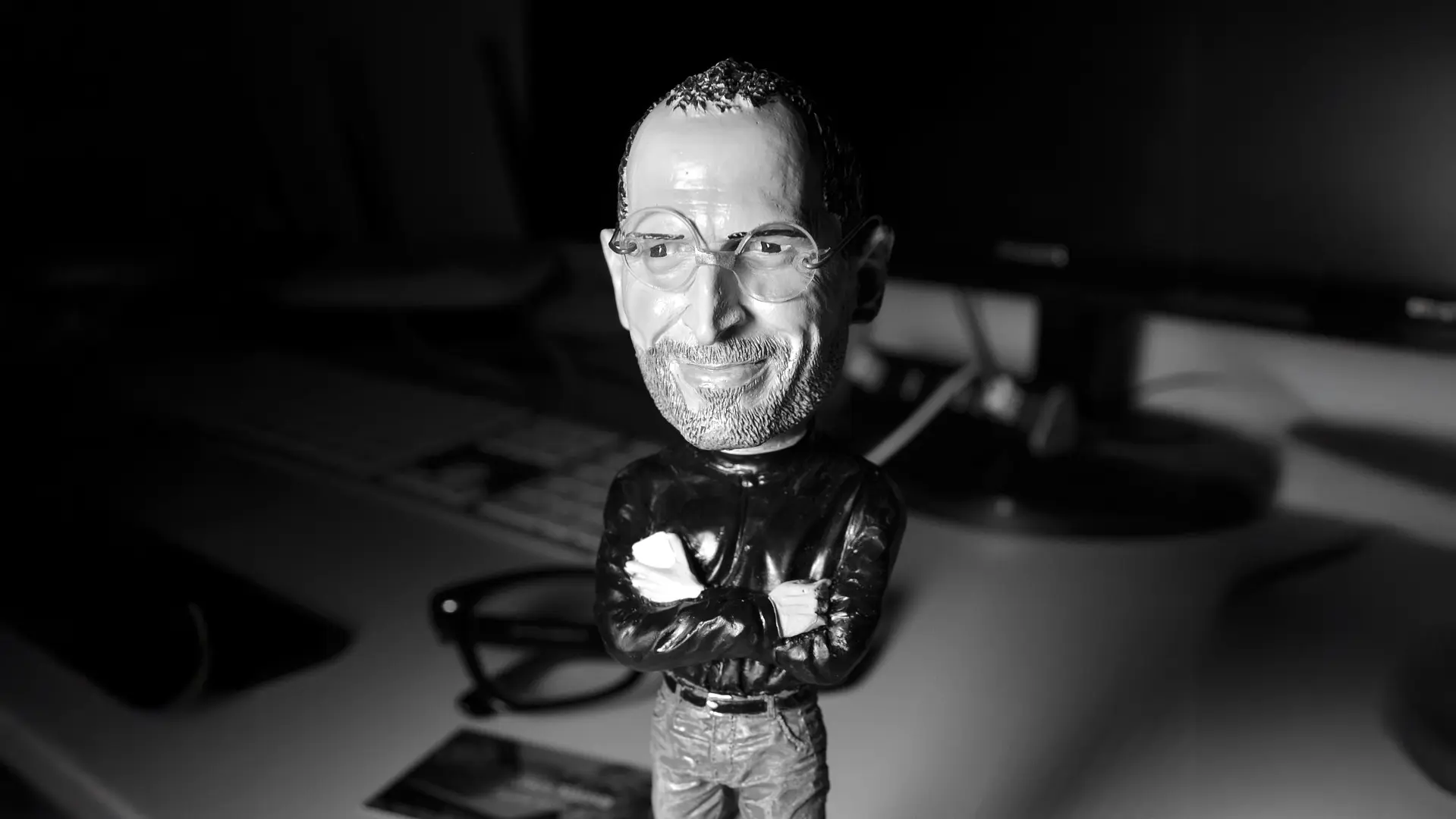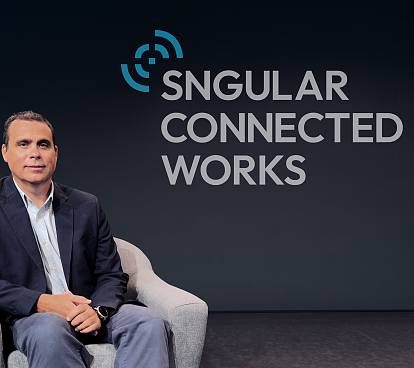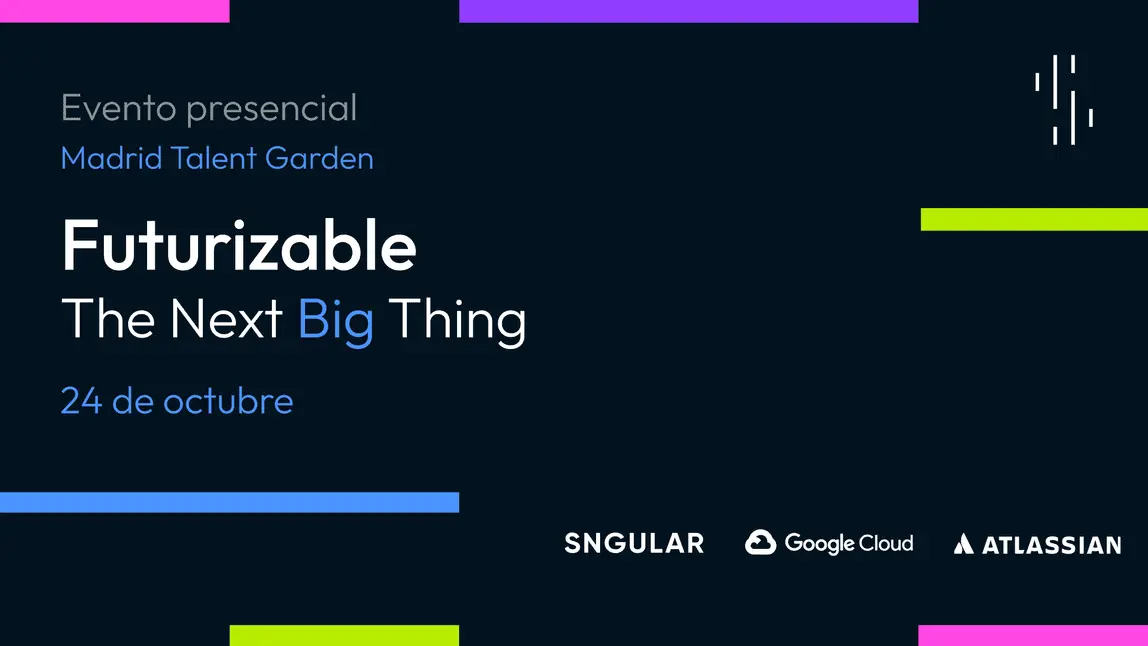
“Next Big Thing” Strategy
September 17, 2024
What was Steve Jobs laughing about?
When Steve Jobs returned to Apple in '97, he made one of the biggest restructurings in the annals of history. He reduced the main product line and cut most of the complementary ones, closed software product development departments, outsourced production and sent it to Asia, canceled distributor contracts, liquidated inventory... He left it bare-bones. What the classics call a Survival Strategy.
Richard Rumelt recounts in his book that he had the opportunity to interview Jobs in '98 to talk about strategy.
"What's your long-term move?" he asked. "What's the strategy?"
Steve Jobs smiled at him and said, "I'm going to wait for The Next Big Thing."
Why was he smiling? Was it just a narrative device?
Personally, I believe there's something more to that enigmatic smile of Steve Jobs (someone who, on the other hand, has been described as a sociopath).
My suspicion is that Steve Jobs was laughing because he was aware that if "waiting for the Next Big Thing" was a valid strategy, that day he had just created both the demand for detecting the Next Big Thing and the market for those who scan the horizon to see it coming and tell the rest before anyone else.
Of course, that was in the 90s.
If you add social media to that and the fact that we live in the digital age, it's easy to understand why today you can't enter Instagram, Twitter, TikTok, or LinkedIn without a (*)Bro telling you what you can't miss so you don't fall behind. Call it Gamification, Industry 4.0 (at this point we should be on 6.0), Virtual Reality, Blockchain, Cryptocurrencies, Voice Assistants, Metaverse, NFTs, or Artificial Intelligence.
And yet here we are, presenting the new Futurizable event that is precisely about this.

Waiting for Godot
Waiting for someone who never arrives is a genre in itself. Welcome Mr. Marshall is from '53, Samuel Beckett wrote "Waiting for Godot" in the late 40s, and so on up to The Brahmin Who Built Castles in the Air which is from 200 BC. So we're no longer surprised by building expectations around something that never happens.
However, we have to do it.
Identify the Next Big Thing. The next Big Wave. We have no choice. We know empirically that it will arrive.
Because if there's a strategy of waiting for the next Big Wave; and an industry of those who detect the next Big Waves, it's because there's something much more important on the other side of the sea.
And that's the industry of those who Generate The Next Big Waves.
If you can grow and make money by riding the Big Wave, seeing them coming and warning others, or helping them get on board, imagine what happens if you're the one who Creates them.
Count on the fact that at this moment, thousands of intelligent people are working to invent the next Big Wave, and get rich along the way. Trying to make their next Big Wave the Real Big Wave, the Good One, and not the one launched by their competitors. The one everyone wants to ride. And then, create the next one. And so on. Dozens of tsunami generators working tirelessly.
I'm sorry to be like this, I'm sure you already knew that Big Waves don't arise by chance, out of nowhere. Admit it's a very naïve idea. Big Waves arise intentionally, because there are people willing to invest a lot of money to make them happen. For example, OpenAI has received more than eleven billion euros in investment rounds to make a Big Wave related to Artificial Intelligence, Generative and General.
Hence the mythical Innovator's Dilemma, which any company in any sector of the world faces. It's true that Christensen didn't tell it like that.
But that's what it's about. People willing to invest a lot of money to make the next Big Wave.
Knowing that's the reason why the next Big Wave will arrive. Knowing you can't miss it. Knowing you can't catch it after your competitors. And knowing that, probably, when you see it coming, you won't see it as the next Big Wave.
Because if you see it clearly, it means you're late. No wonder Steve Jobs was laughing. He must have been cracking up.

Futurizable. The next big thing
Yes, Futurizable. The next big thing is an event where we're going to talk about the Next Big Waves.
We've chosen a list of topics that are technically feasible (because SNGULAR is an innovation company), on which we've started working (because SNGULAR is a company that applies technology), and for which we want to share some conclusions (because SNGULAR is a company that shares with its community).
Makes sense, right?
Within Futurizable. The Next Big Thing, key topics such as Delivery Excellence, cybersecurity challenges in quantum computing, the creation and control of digital twins, and new cloud and AI-driven processing technologies will be explored. Additionally, the event will discuss Rovo, Atlassian’s knowledge discovery solution designed to transform information into action and optimize team collaboration. Finally, Spatial Computing with Apple Vision Pro will be addressed, opening up new possibilities in immersive digital environments.
Each session invites participants to dive into the exciting world of technological innovation, where the possibilities are as vast as they are fascinating.
It's certainly interesting, the kind of event I would go to, that's why I want to invite you to come. And if you can't come to share, let me give you a preview of the key I use to identify a Big Wave.
We don't know when the hand axe was invented. What we do know is that the history of human beings is the history of technology. Technology is the use of knowledge to intervene in reality.
Of all the available technologies and all the interventions in reality that can be made with them, those that remain are those that solve a problem by giving the one who has it a better experience than they had before.
They will remain until someone solves that problem with a solution that offers a better experience. That's why in the future there are more bicycles on the streets than flying cars. And more paintings hanging on walls than NFTs.
Our latest news
Interested in learning more about how we are constantly adapting to the new digital frontier?

Tech Insight
December 19, 2024
Contract Testing with Pact - The final cheetsheet

Tech Insight
December 17, 2024
Google’s new quantum processor is here, but what does it really mean?

Insight
December 10, 2024
Groundbreaking technologies today that will reshape the innovation landscape in 2025

Corporate news
December 4, 2024
Launched ConnectedWorks to Revolutionize Construction Site Management

